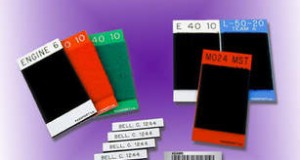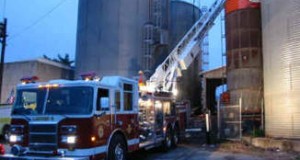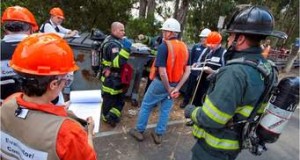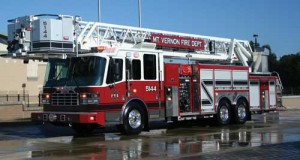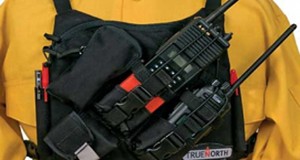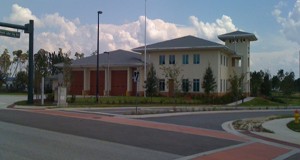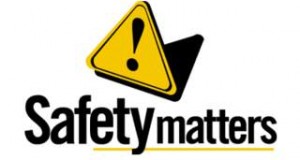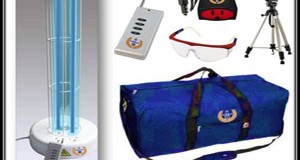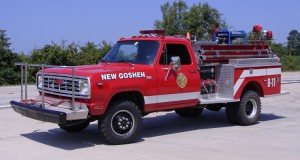There are many Personnel Accountability System options available to fire departments. There are four basic systems to pick from: name tag, passport, bar code and unit identifier; here's a look at what you need to know to find the right one for your department.
Read More »FireRescue1 Articles
Aerial Safety Around Powerlines
Firefighters being electrocuted by a powerline while on an aerial device is largely preventable; make sure your department is taking these safety steps.
Read More »4 Tools for Firefighter Accountability
One of the cornerstones for improving the safety of personnel on the emergency scene is having a personnel accountability system in place that everyone uses. There are several considerations when choosing a firefighter accountability system. There are many PAS options available to fire departments. There are four basic systems to pick from: name tag, passport, bar code and unit identifier; here's a look at what you need to know to find the right one for your department.
Read More »A case for bolted-together fire trucks
Fire apparatus designers and manufacturers are constantly in pursuit of several goals when constructing vehicles for the fire service. There are five basic goals. Manufacturers want to keep them lightweight so the truck can carry the necessary equipment and get the best fuel mileage possible. They want to make it durable so that the customer gets the maximum lifecycle out of the vehicle. They also want to make it cost-effective, easy to repair, and easy to modify so that it can fill several roles over its lifecycle. Increasingly, fire apparatus manufacturers and their customers are using bolted construction to better achieve those goals. Bolted construction for fire apparatus is not new; manufacturers like American La France began bolting or riveting vehicle components on fire apparatus in the 1920s.
Read More »10 Cool Search and Rescue Tools
Search-and rescue operations in remote wilderness locations or in urban situations following a natural or man-made disaster require specialized tools and equipment for the first responder. Here are 10 search-and-rescue tools and technologies that can improve a department's operations and make them safer, more effective and more efficient.
Read More »“Green” Florida Fire Station will Pay for Itself
Fire Station 65 of the Deltona (Fla.) Fire Department was designed and built to be a fire station that helps pay its way. The $2 million, 11,000-square-foot fire station opened for service in August 2012 and has many green technologies that reduce its carbon footprint and save big dollars in operating costs each month.
Read More »Should all fire trucks carry water?
The general public doesn't know the difference between an engine and a truck. They just know that they've called 911 to report a fire. And when that first piece of fire apparatus appears on scene, they expect that firefighters are going to start applying water to the fire. Perception is reality.
Read More »5 Ways Officers can Keep Firefighters Safe
Nobody in a fire department’s chain of command should have more influence on the safety performance of its firefighters than the individual company officer. Think about that statement for a moment and see if it doesn’t fit your department.
Read More »Ultraviolet Germicidal Irradiation for EMS
The use of UVGI in the fire station environment for sanitizing and decontamination has several attractive features. UVGI light is clean and green (no potentially harmful chemicals that require special use and protective equipment). There are no dangerous odors or residues from harsh cleaning agents to affect staff or patients and offers decontaminated spaces can immediately be reoccupied (less downtime for ambulances).
Read More »Rebuild vs replace: firefighting brush trucks
Many areas of the country, particularly those affected by sustained drought conditions, are seeing increased use of Type III or Type VI engines, also known as the brush trucks . And when a brush truck sees service it's typically a hard run — operating in dusty and dirty conditions, over undulating terrain and in all types of vegetation can really take a toll on these vehicles.
Read More » Fire & EMS Leader Pro The job of old firefighters is to teach young firefighters how to become old firefighters!
Fire & EMS Leader Pro The job of old firefighters is to teach young firefighters how to become old firefighters!
